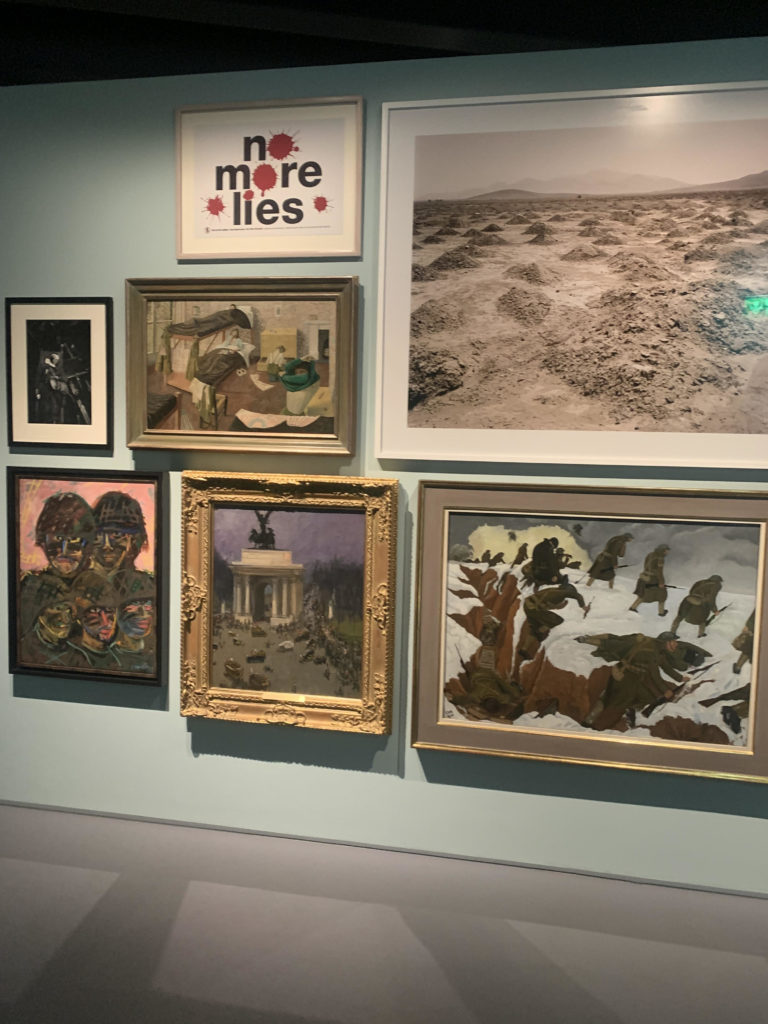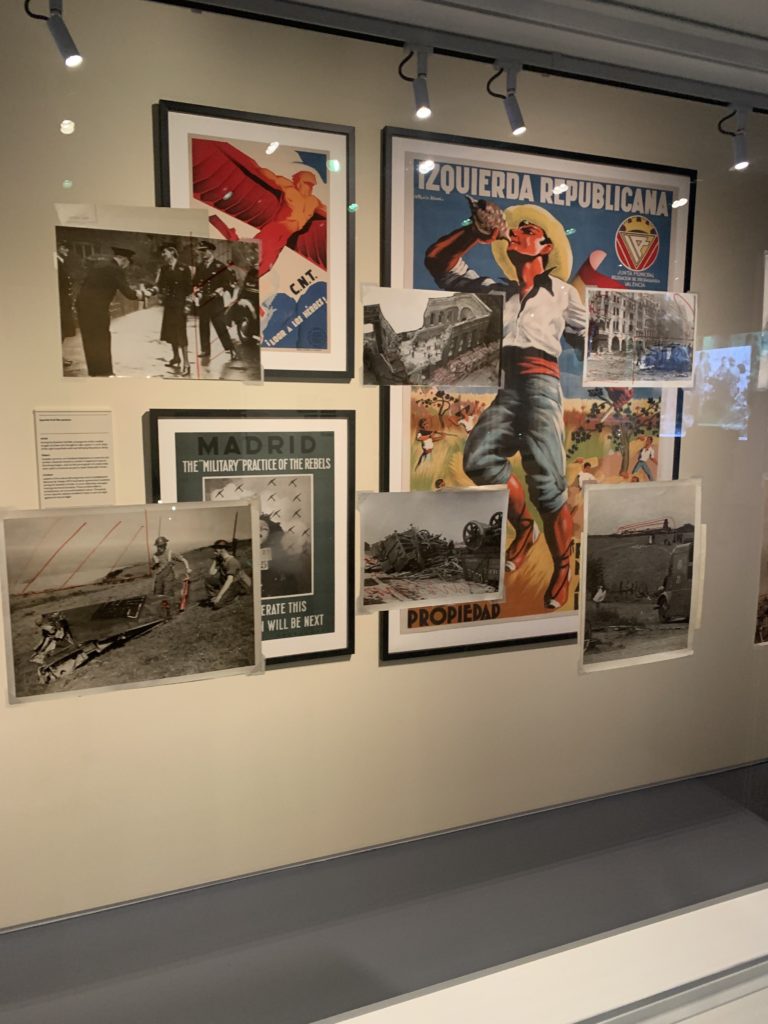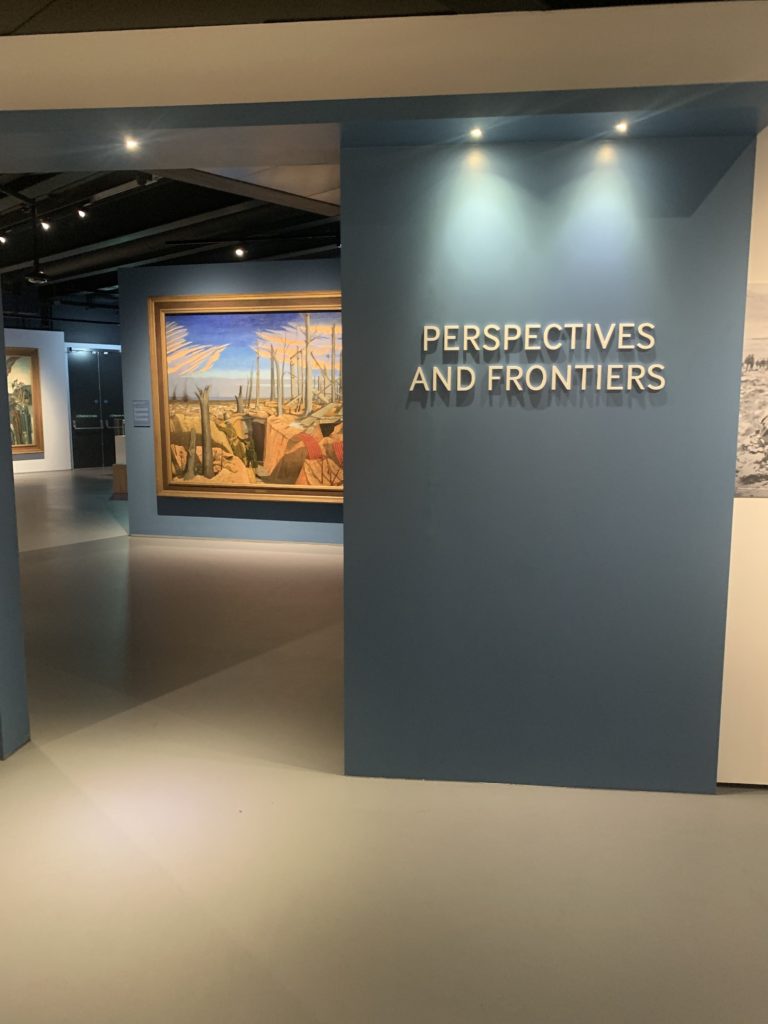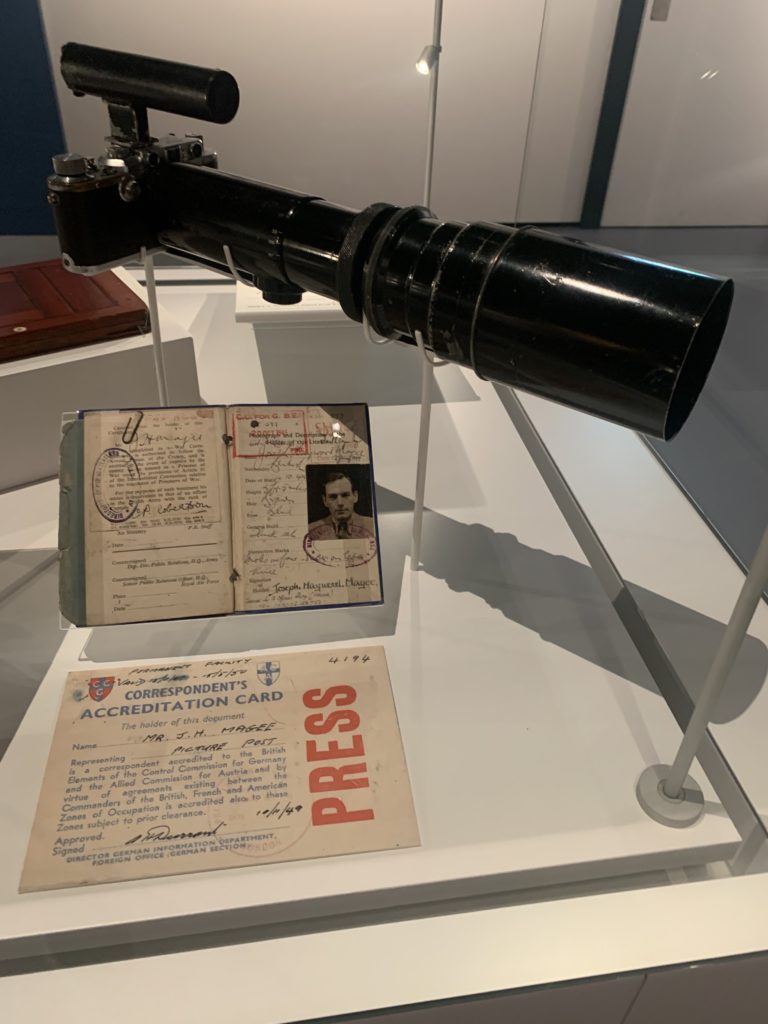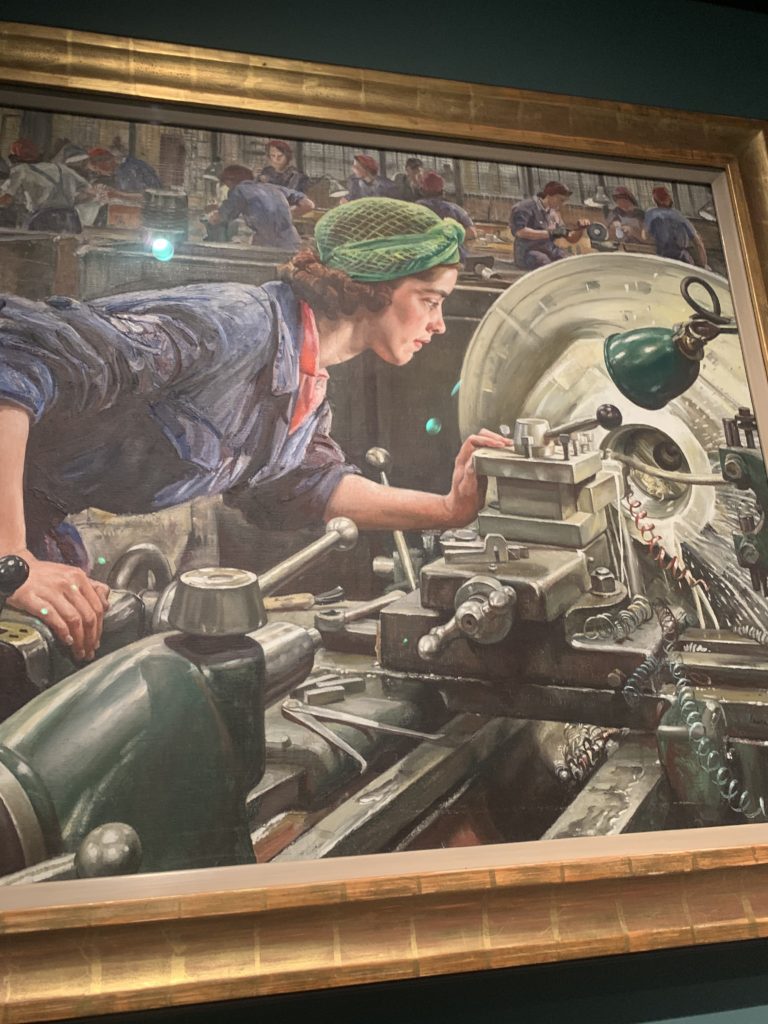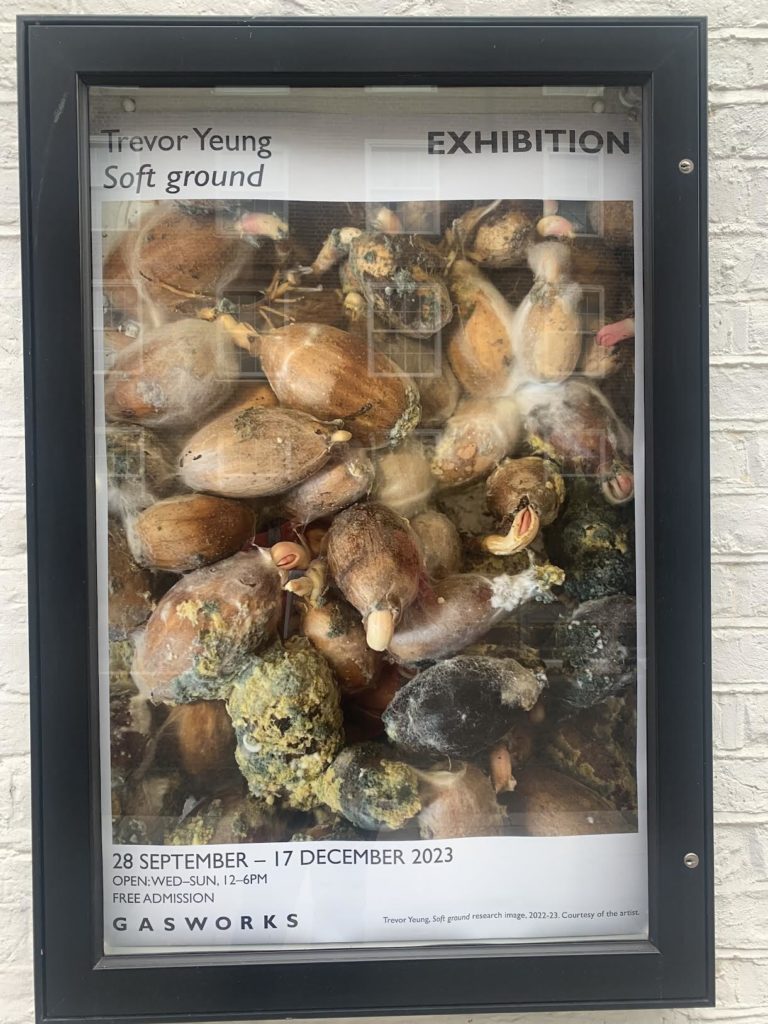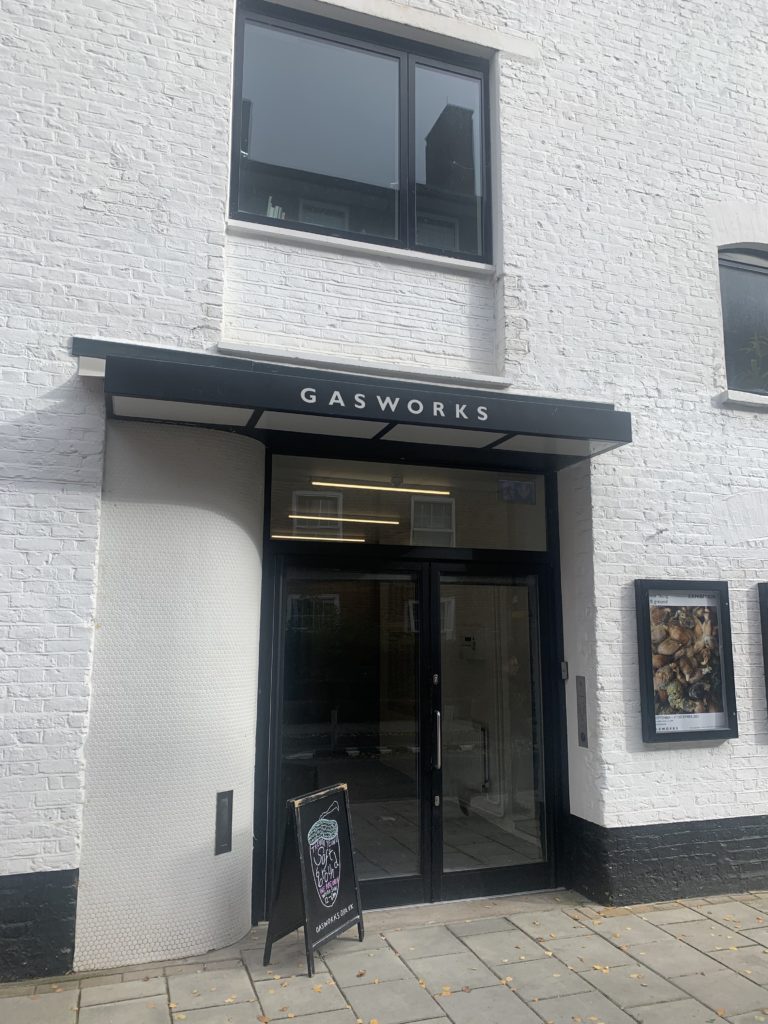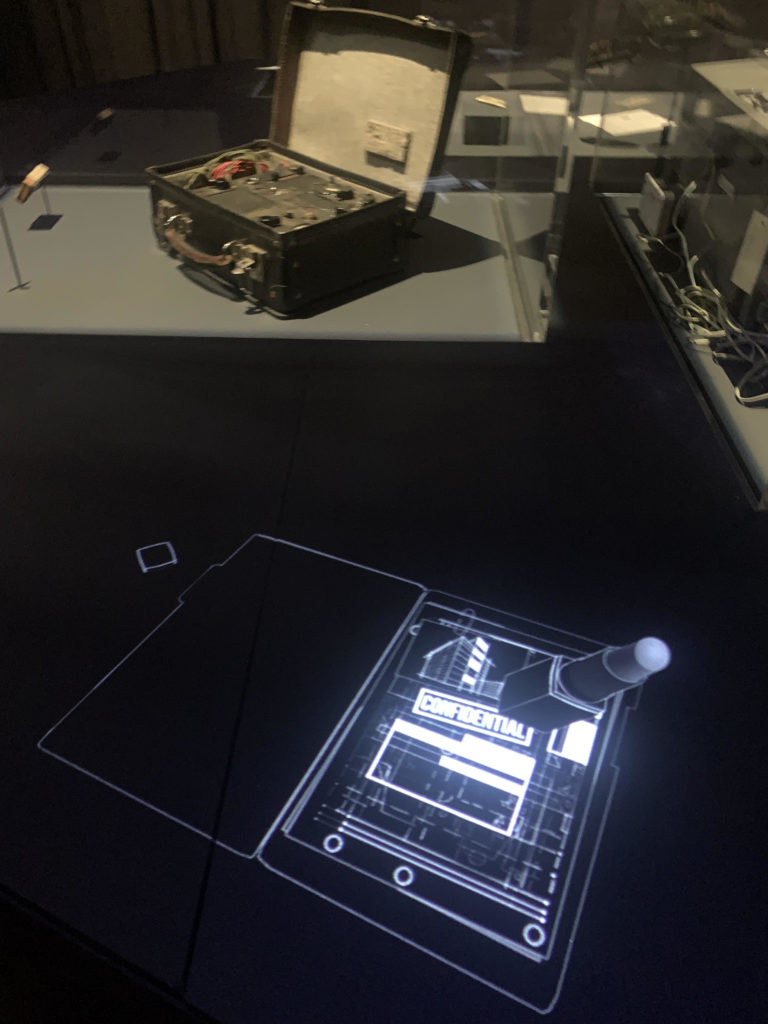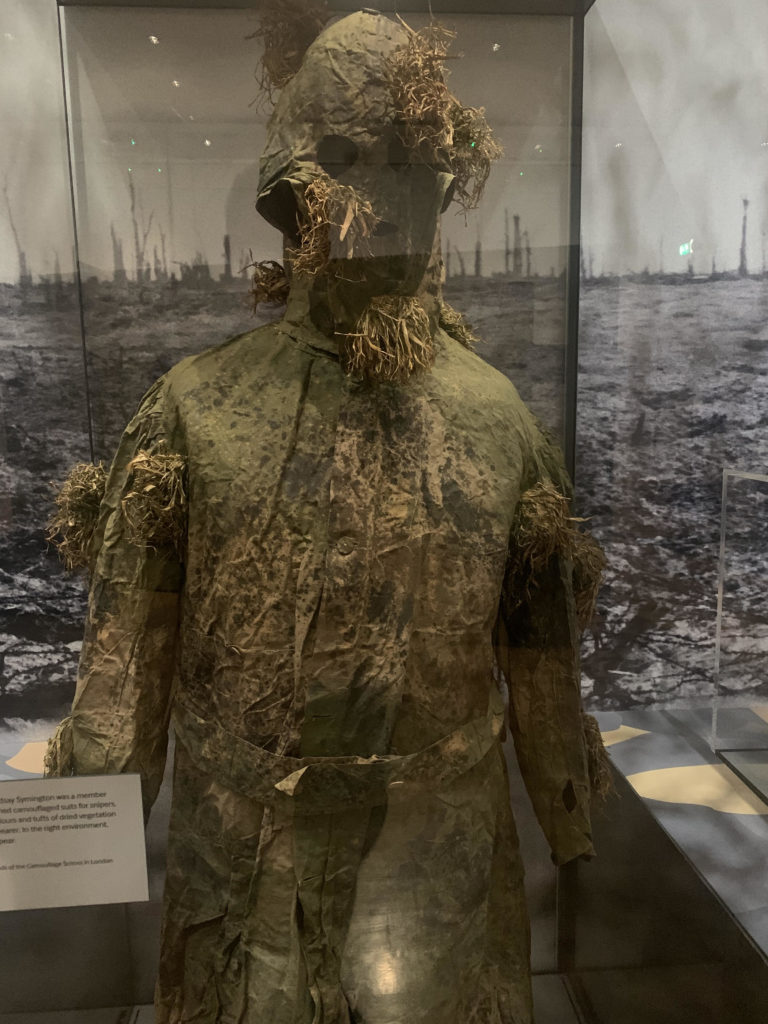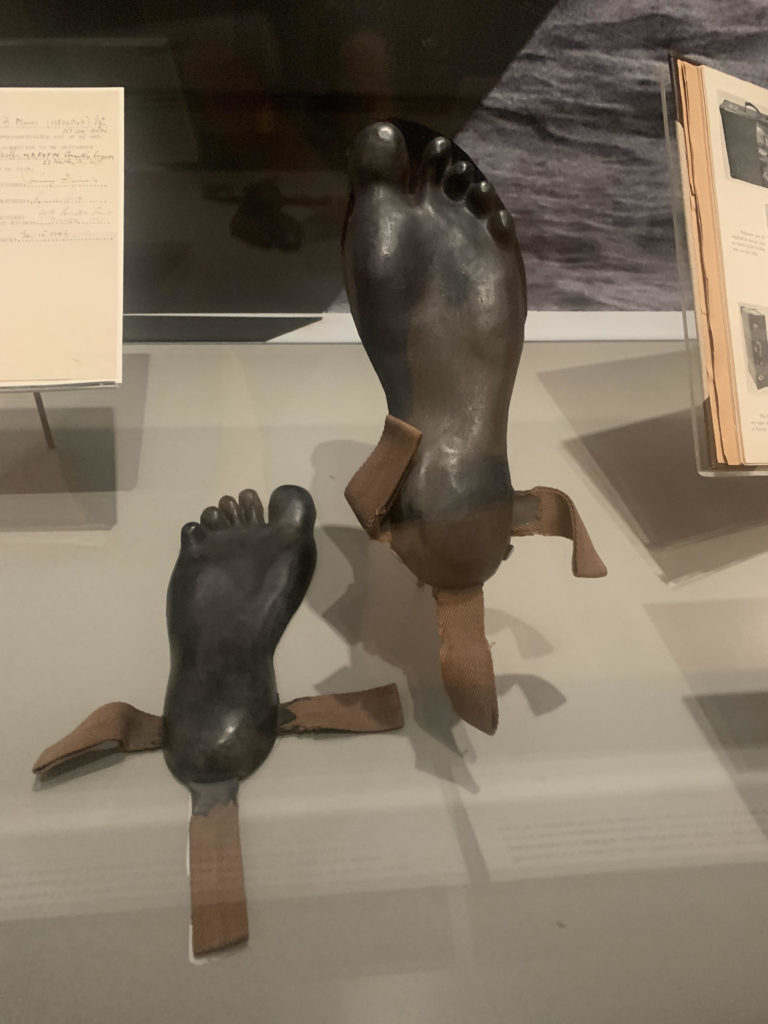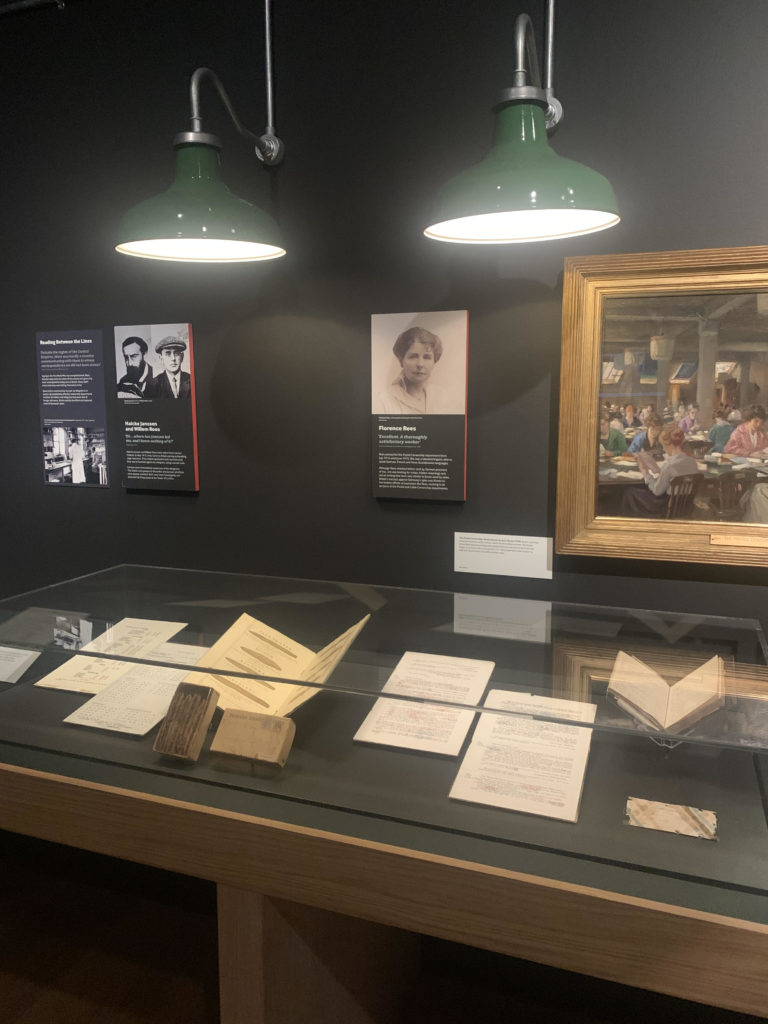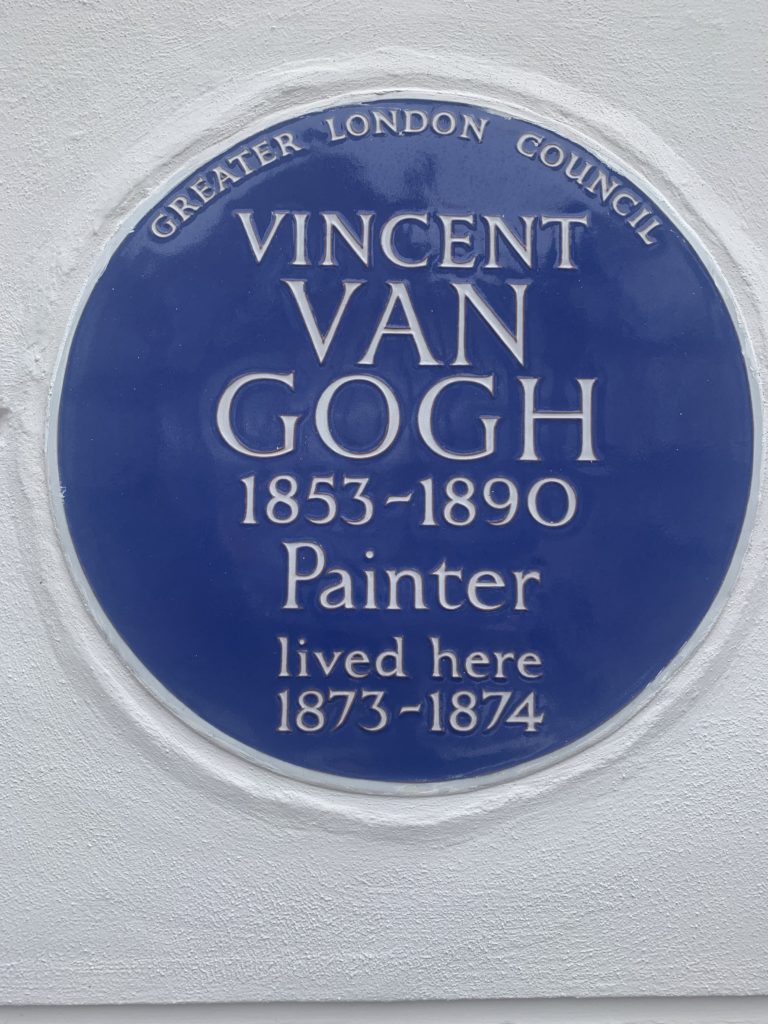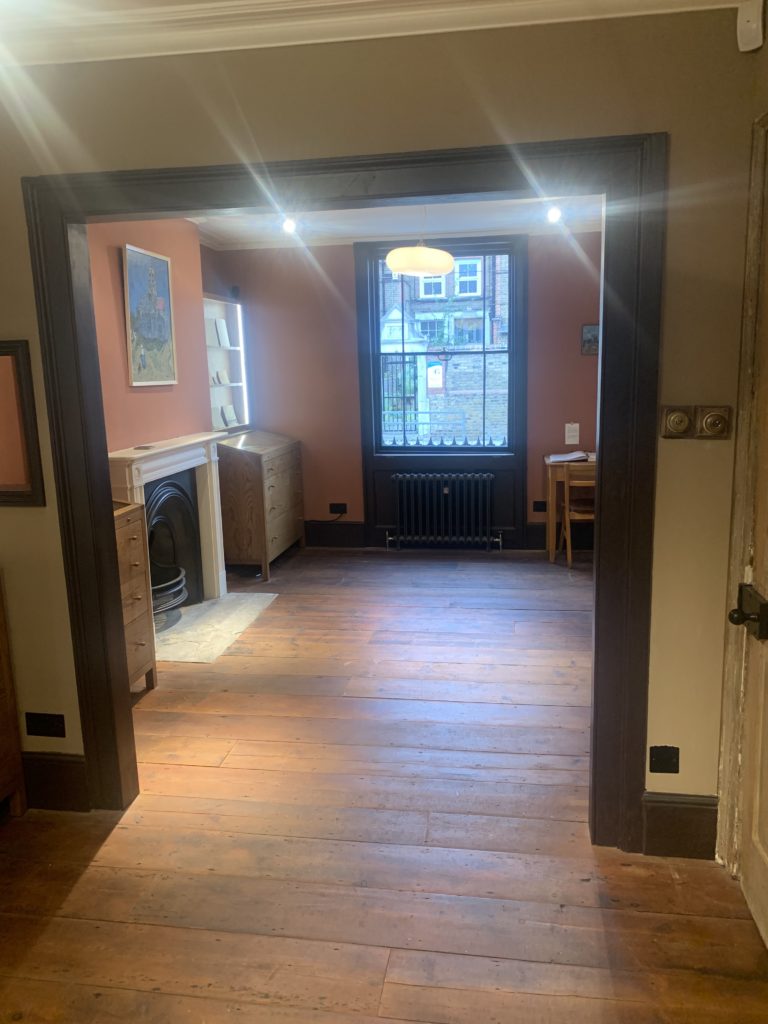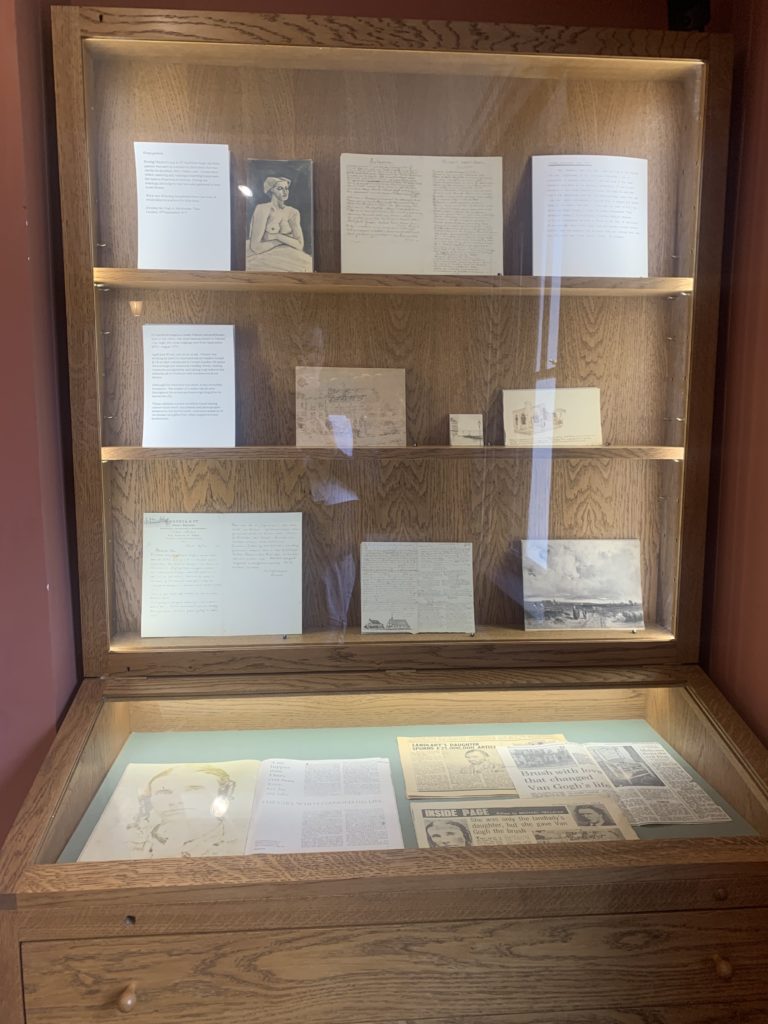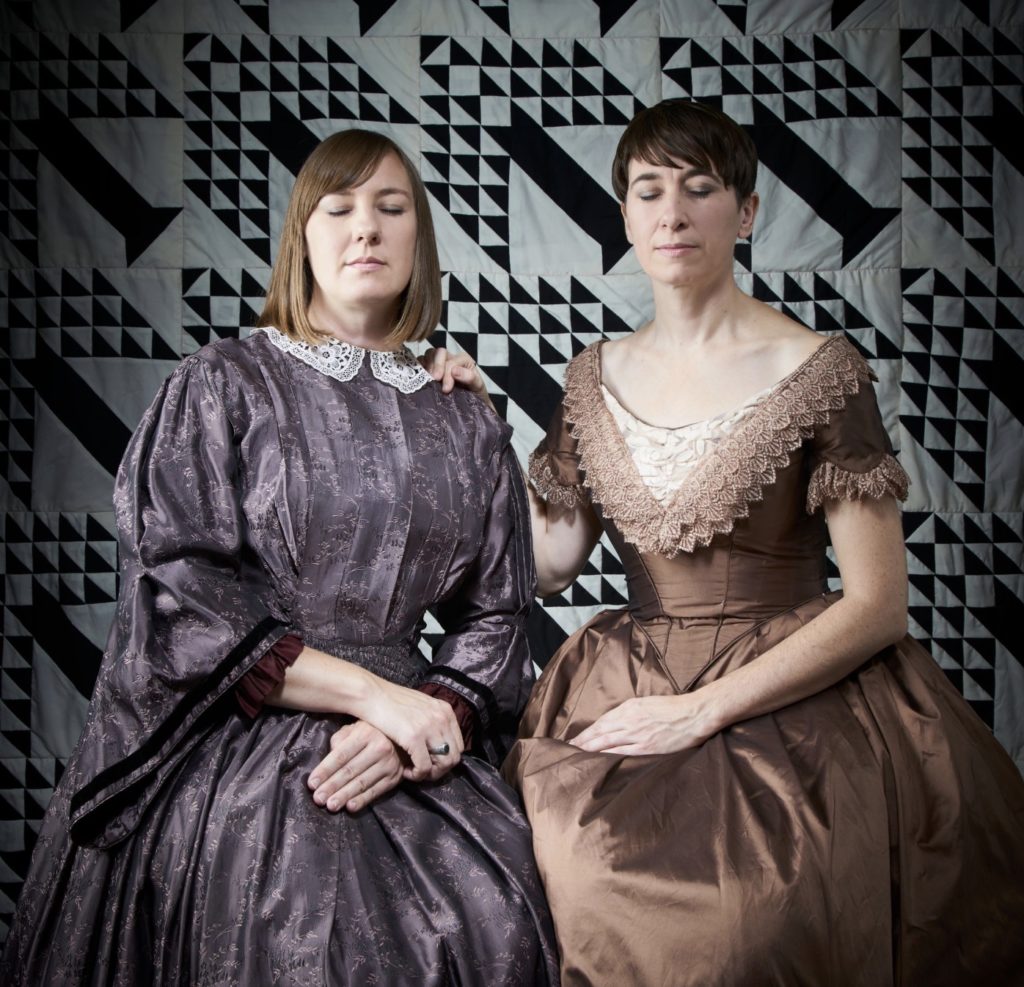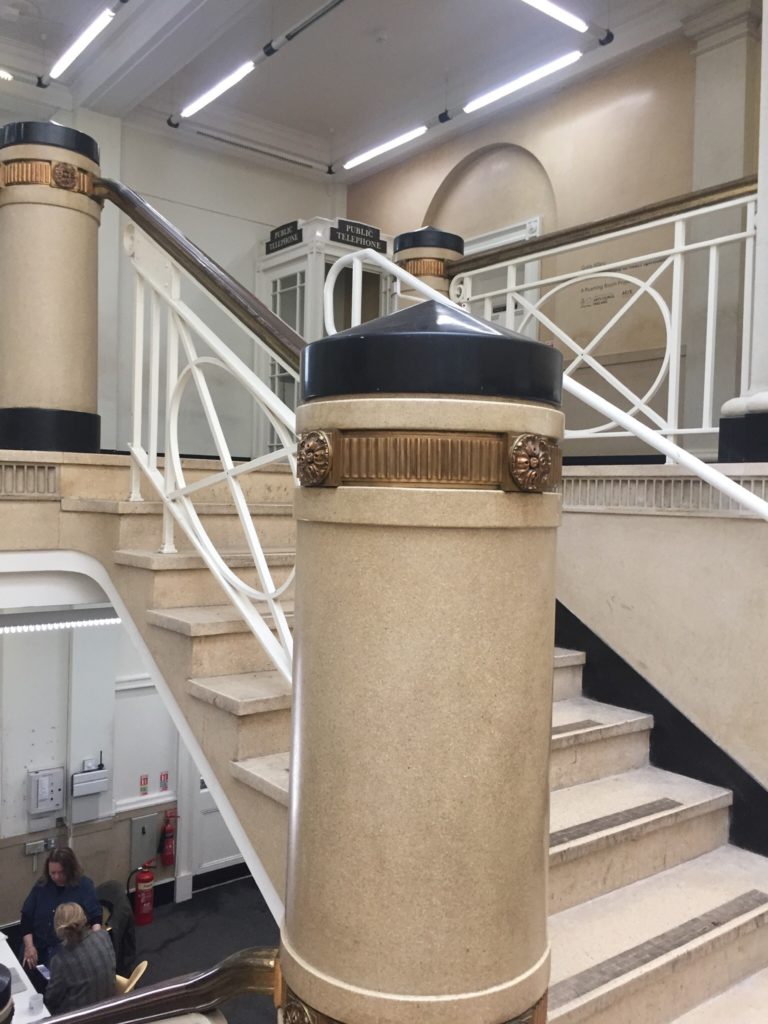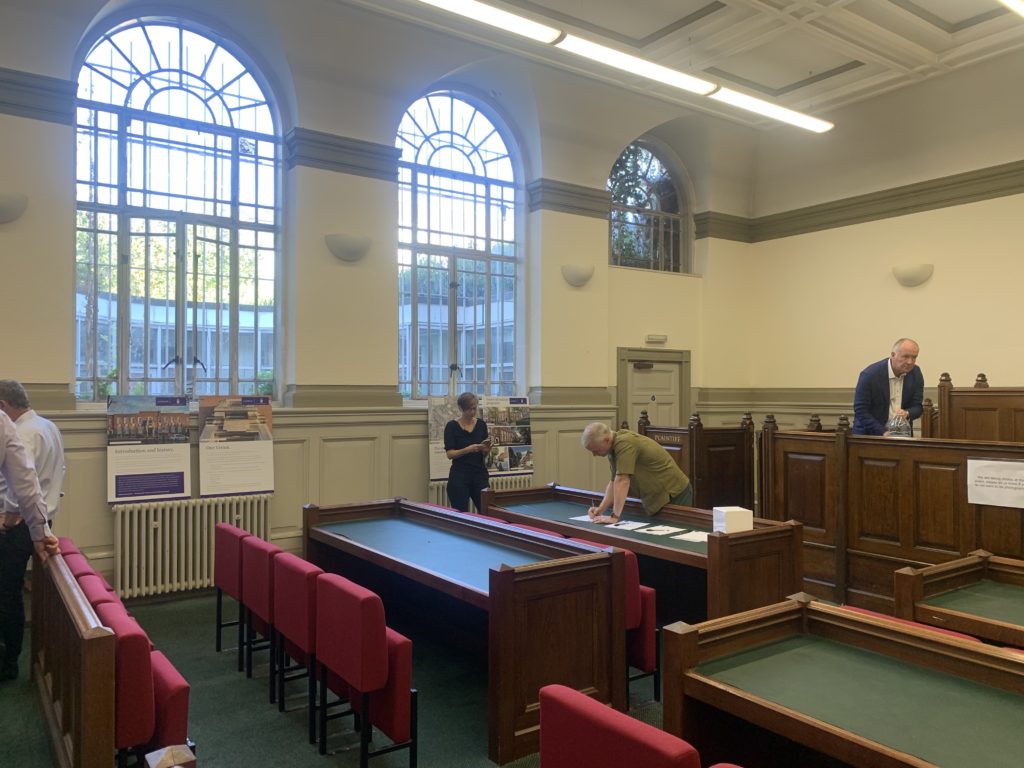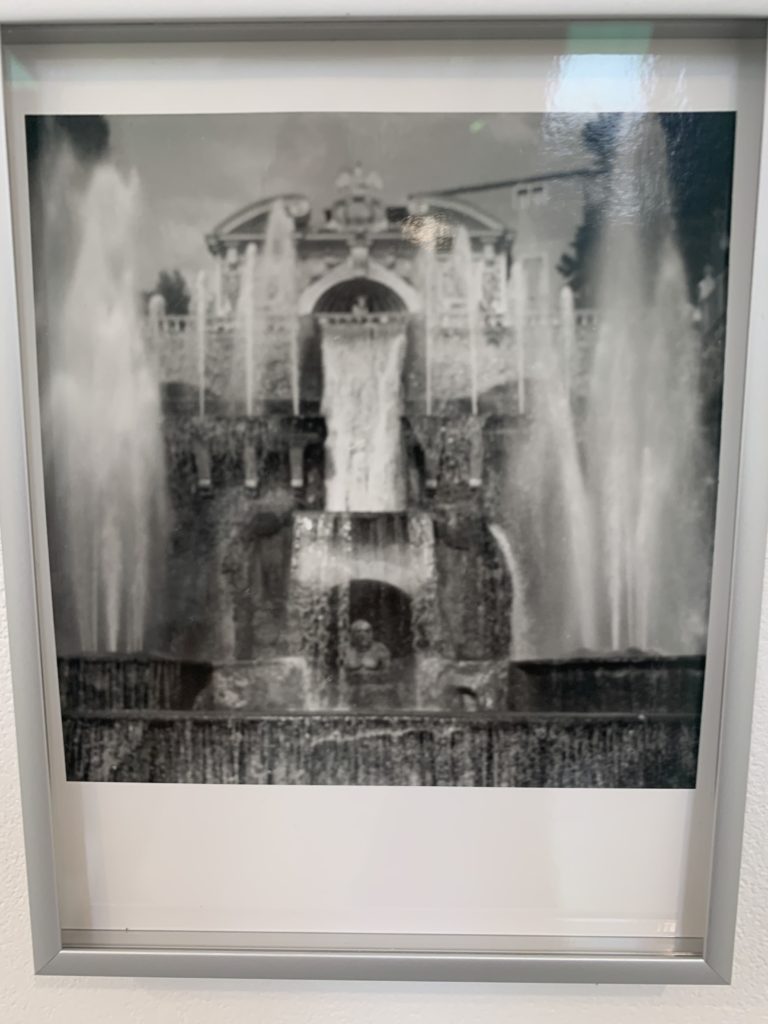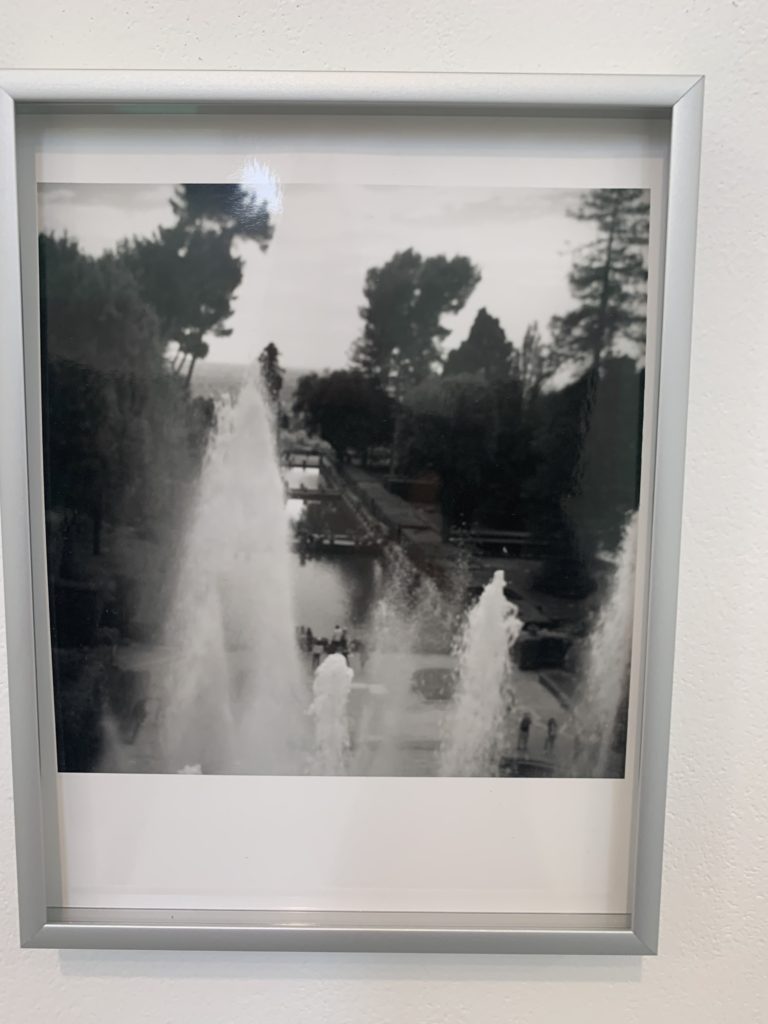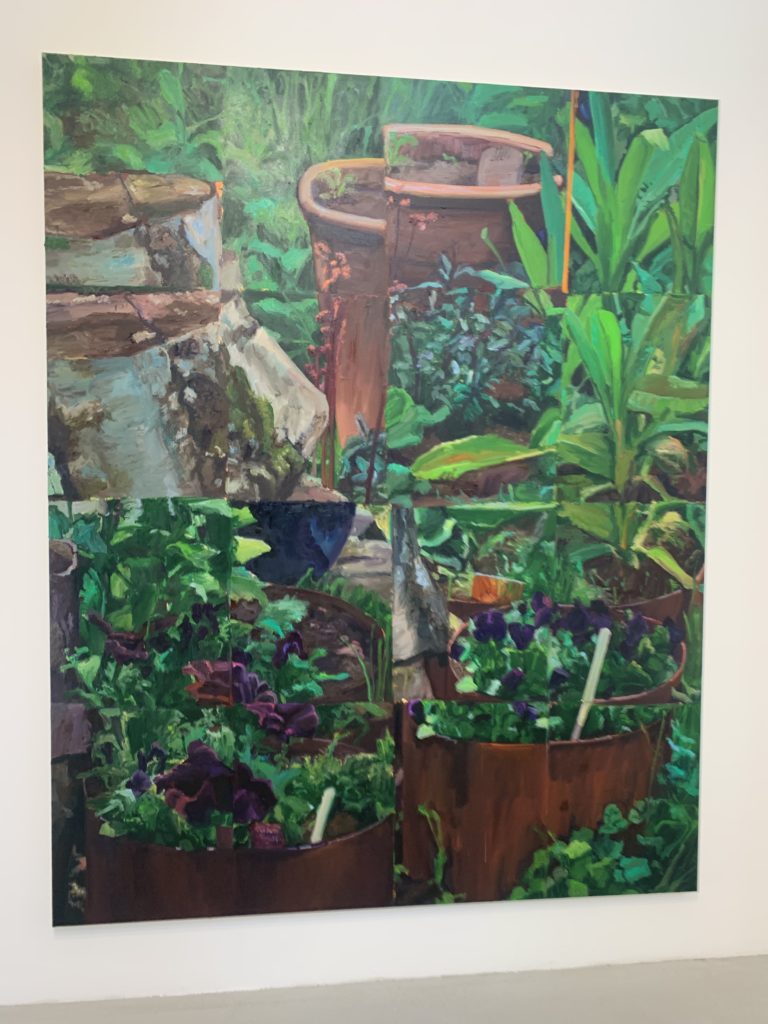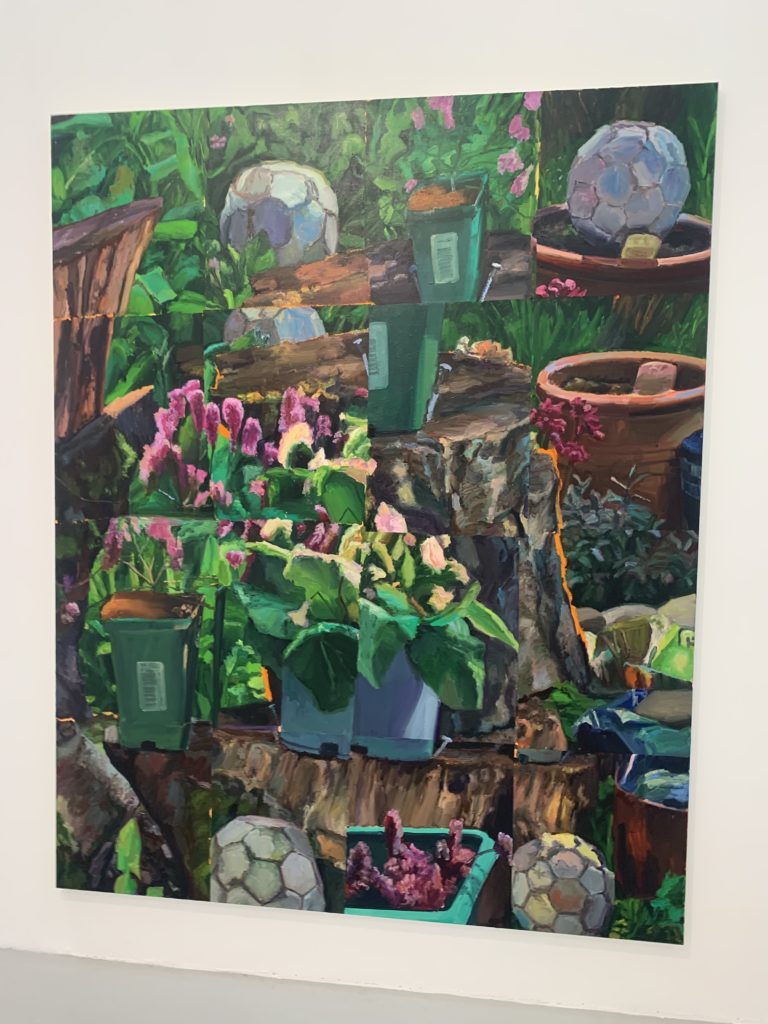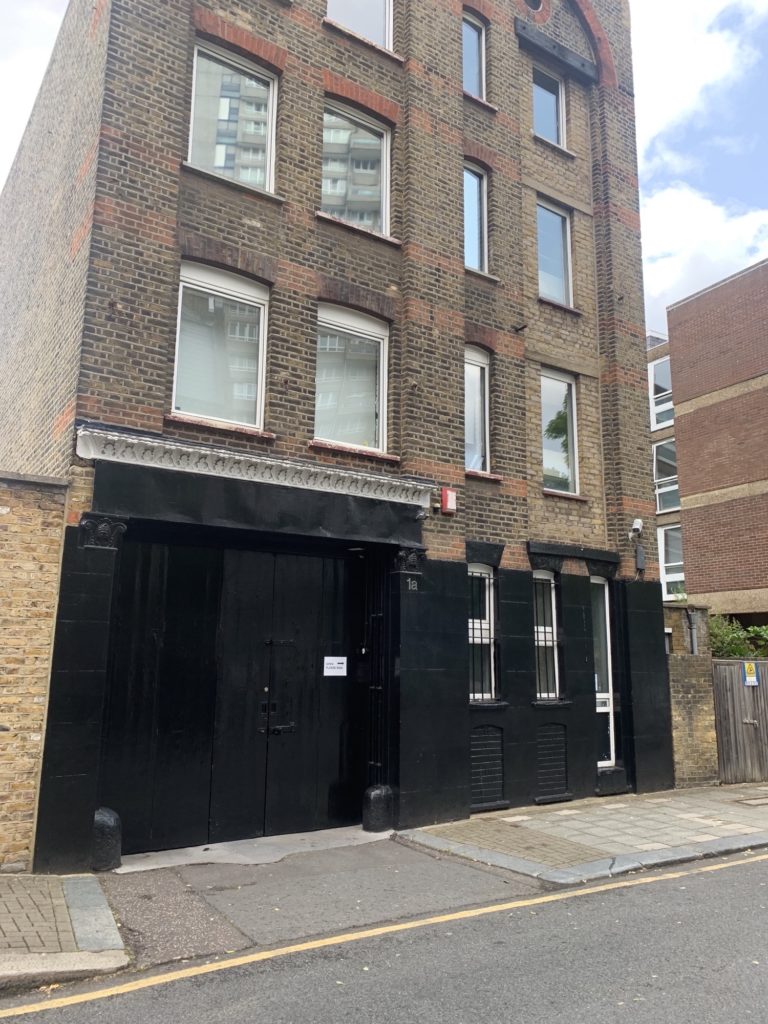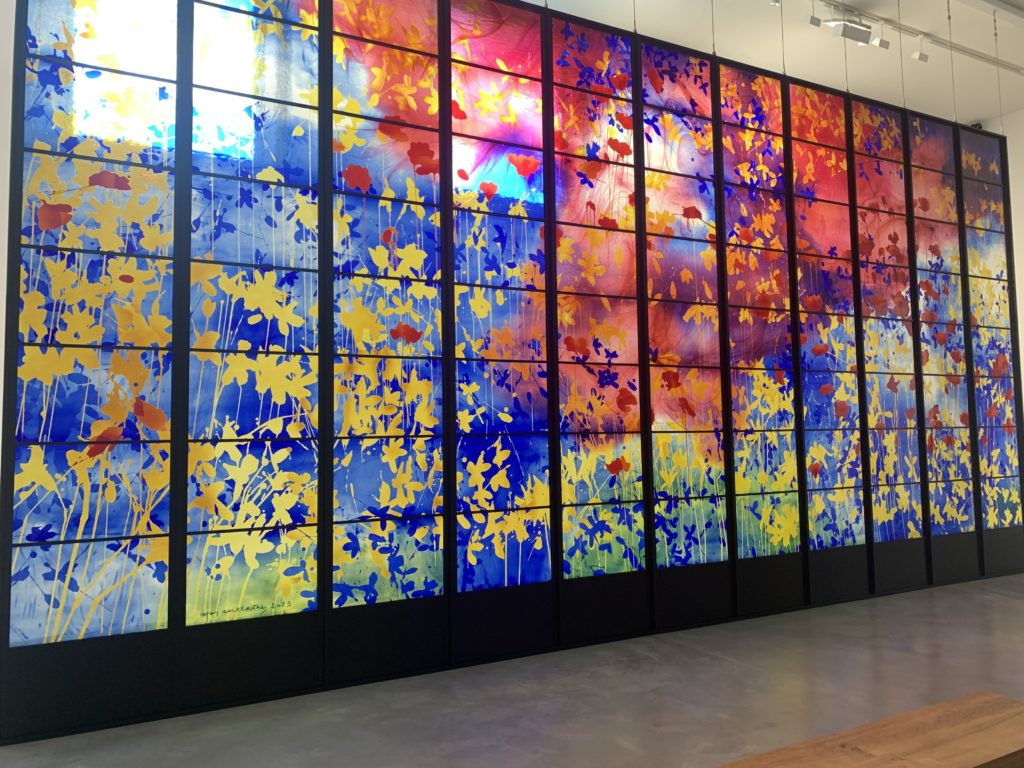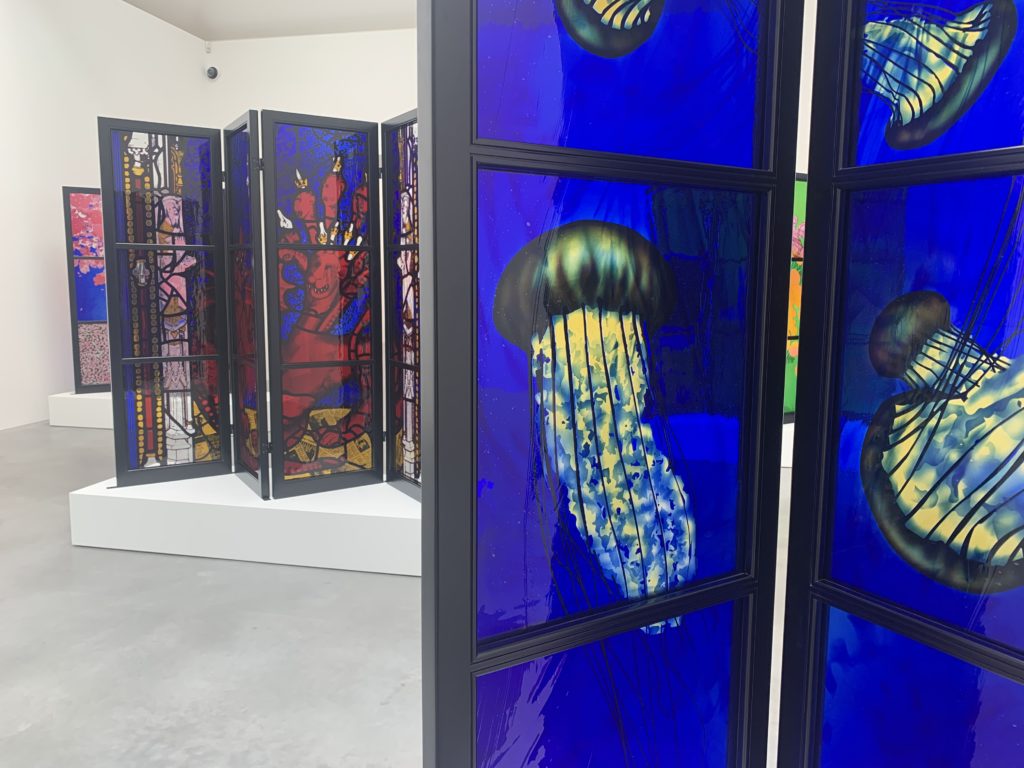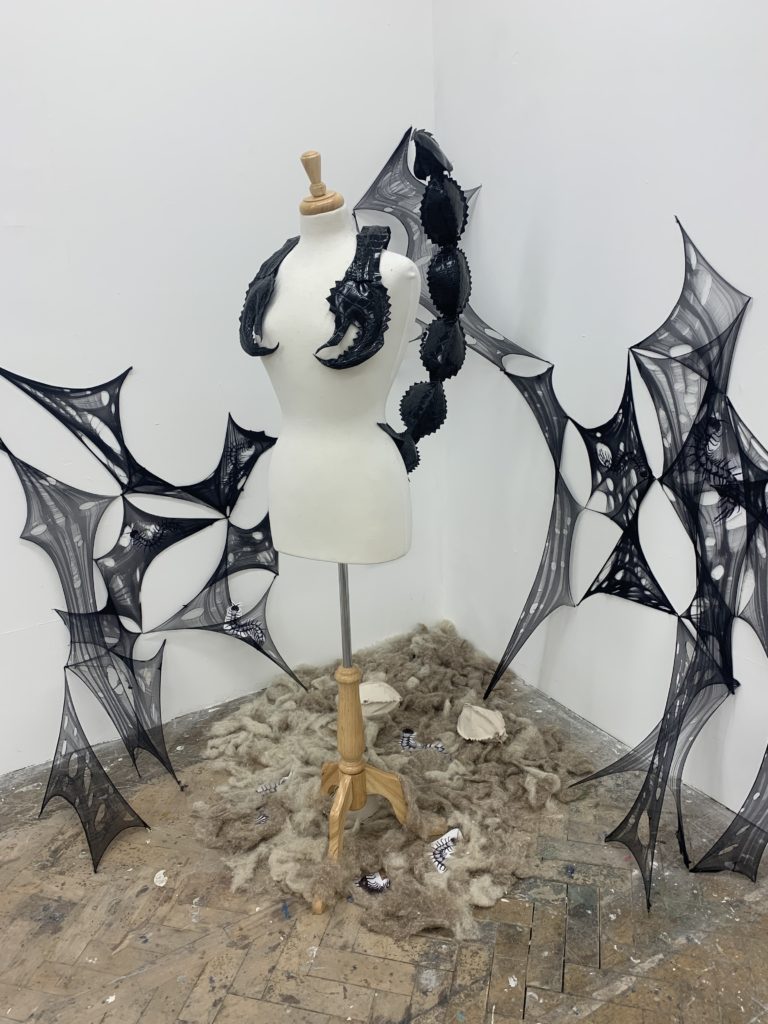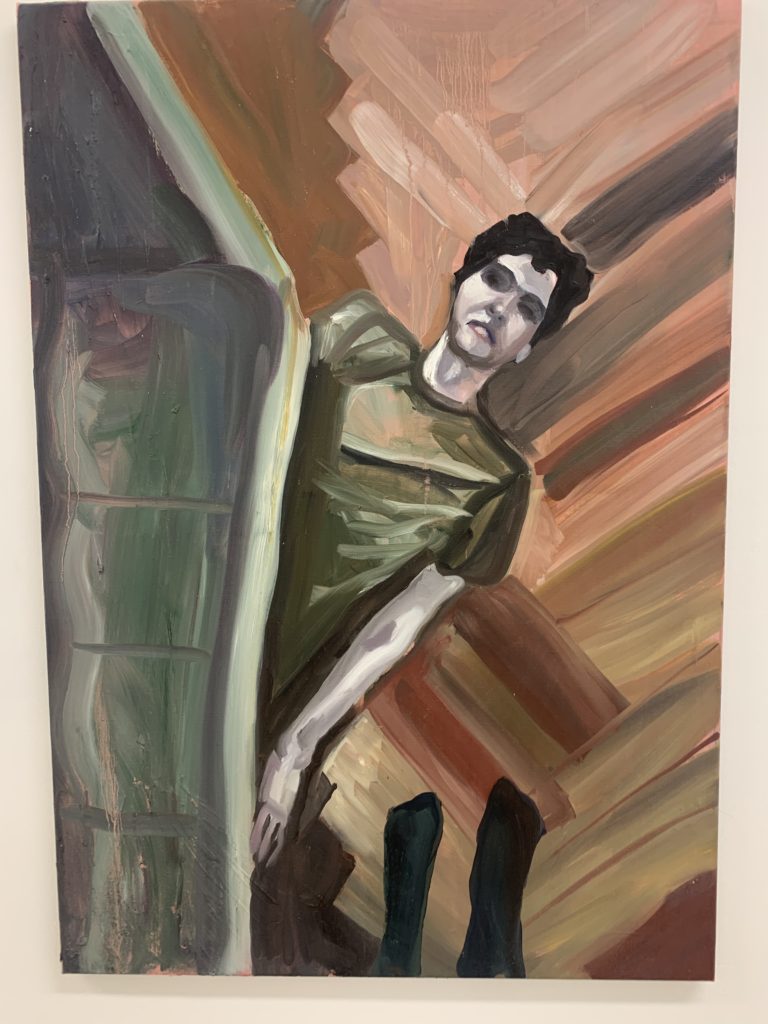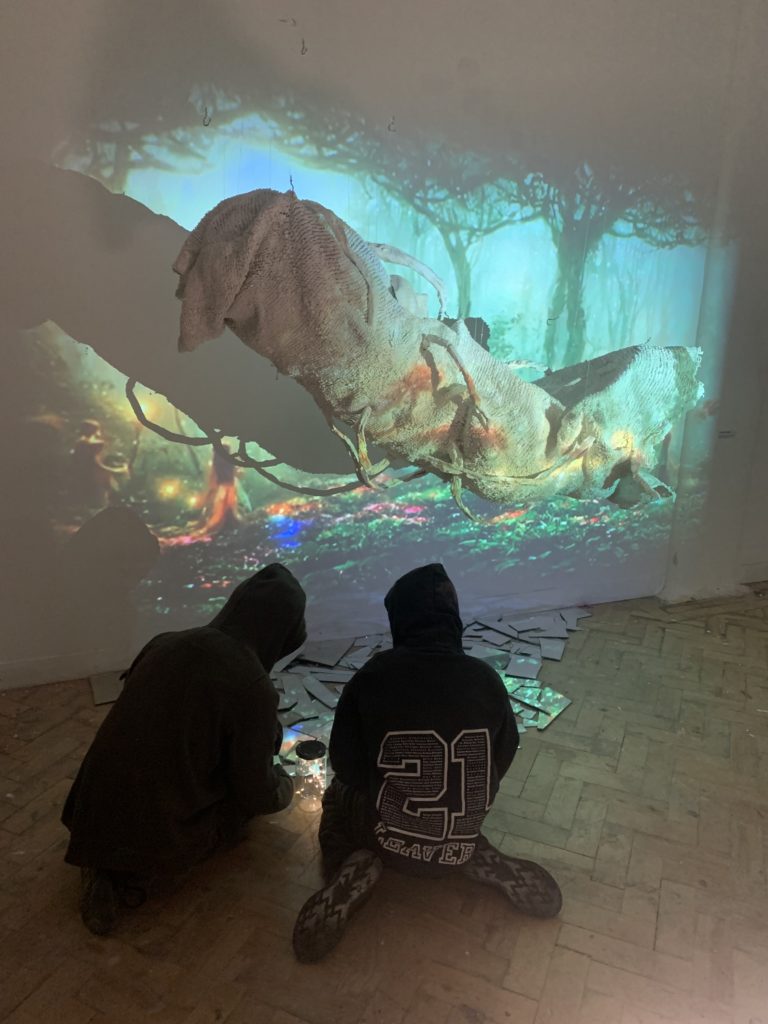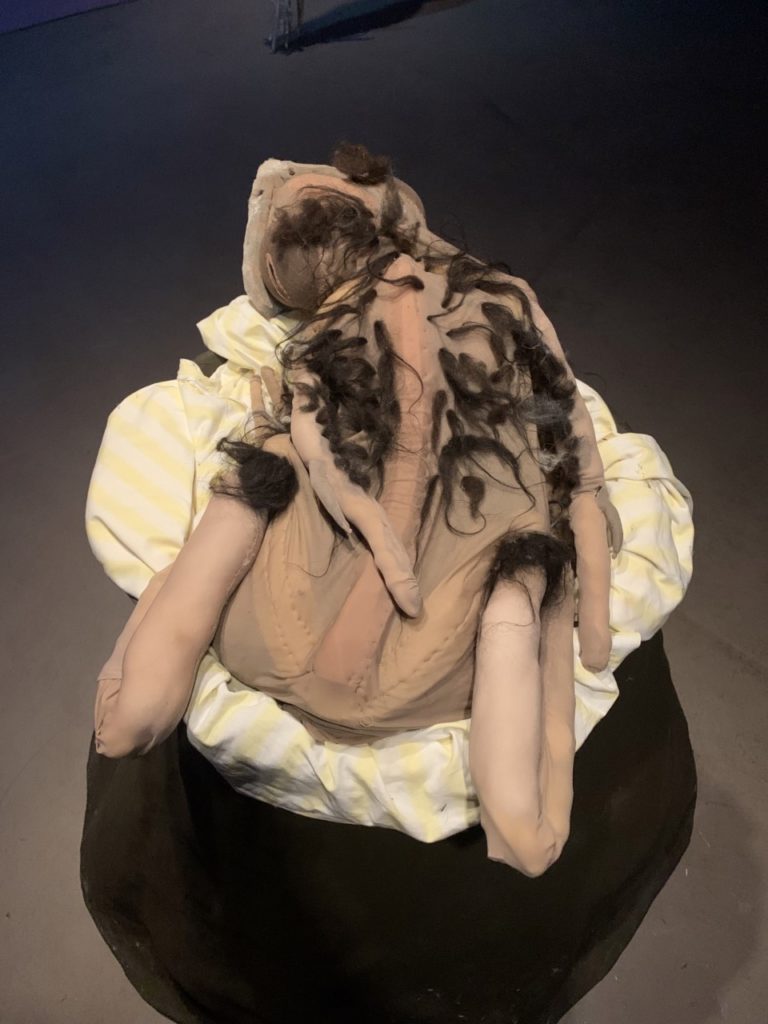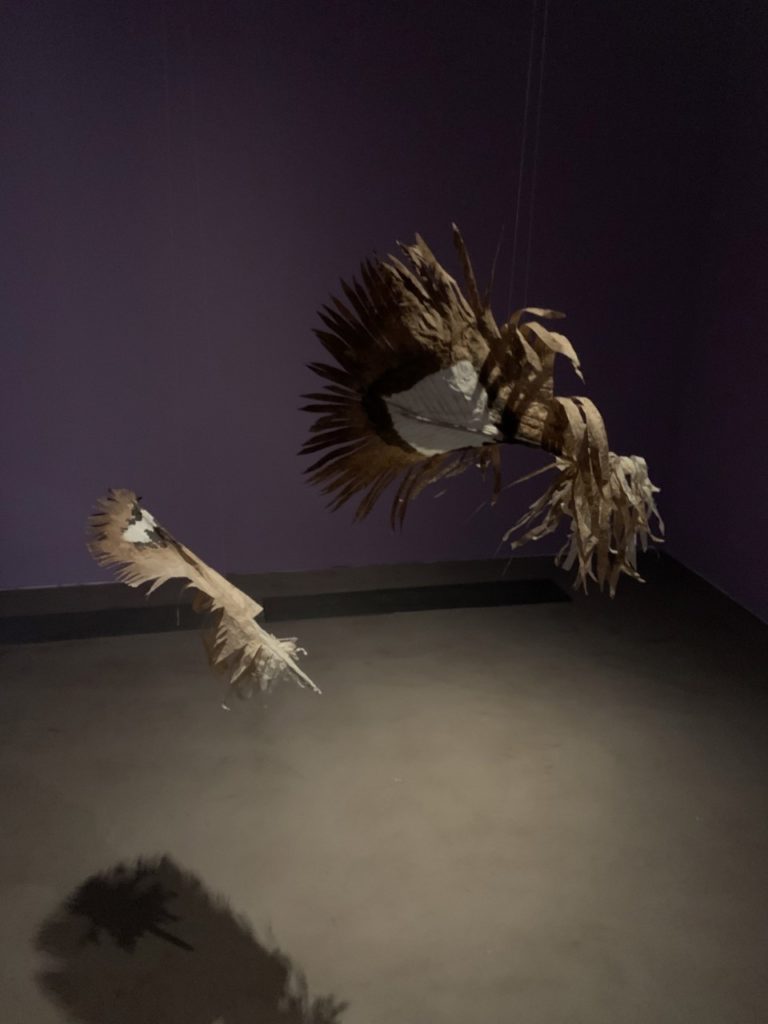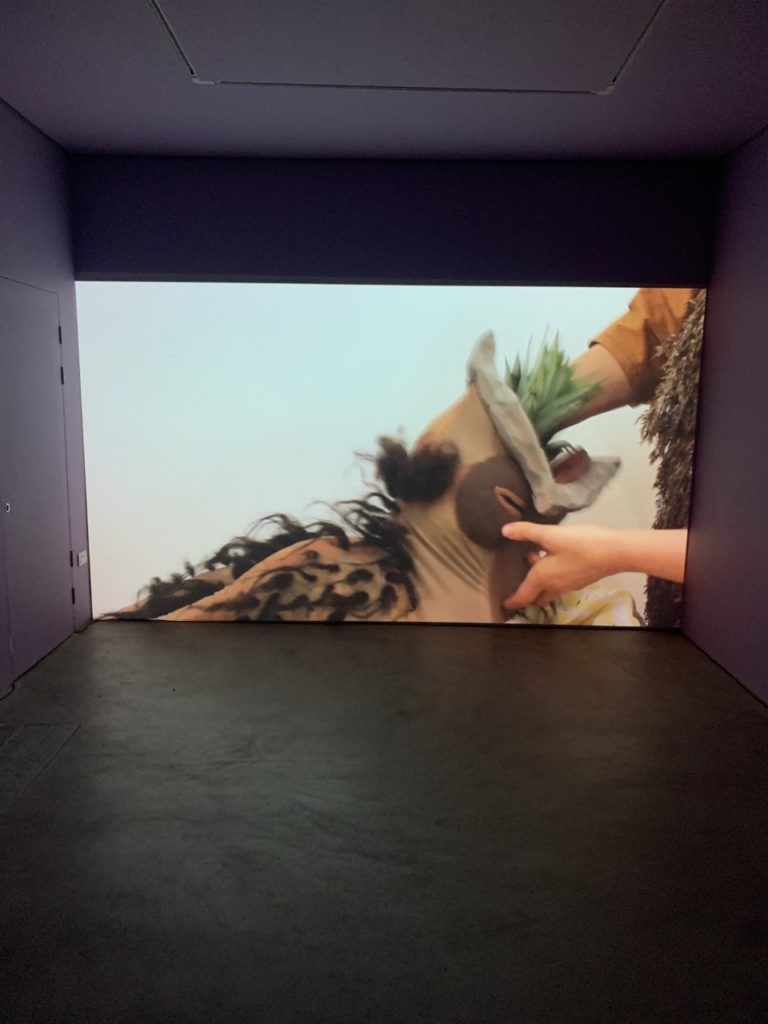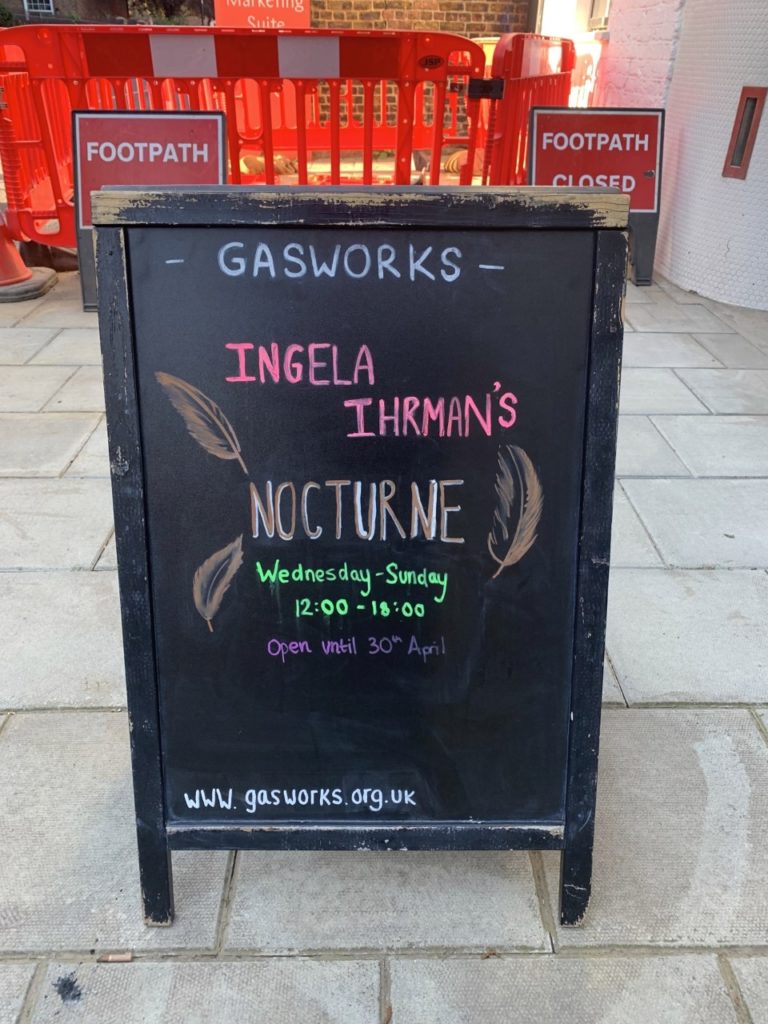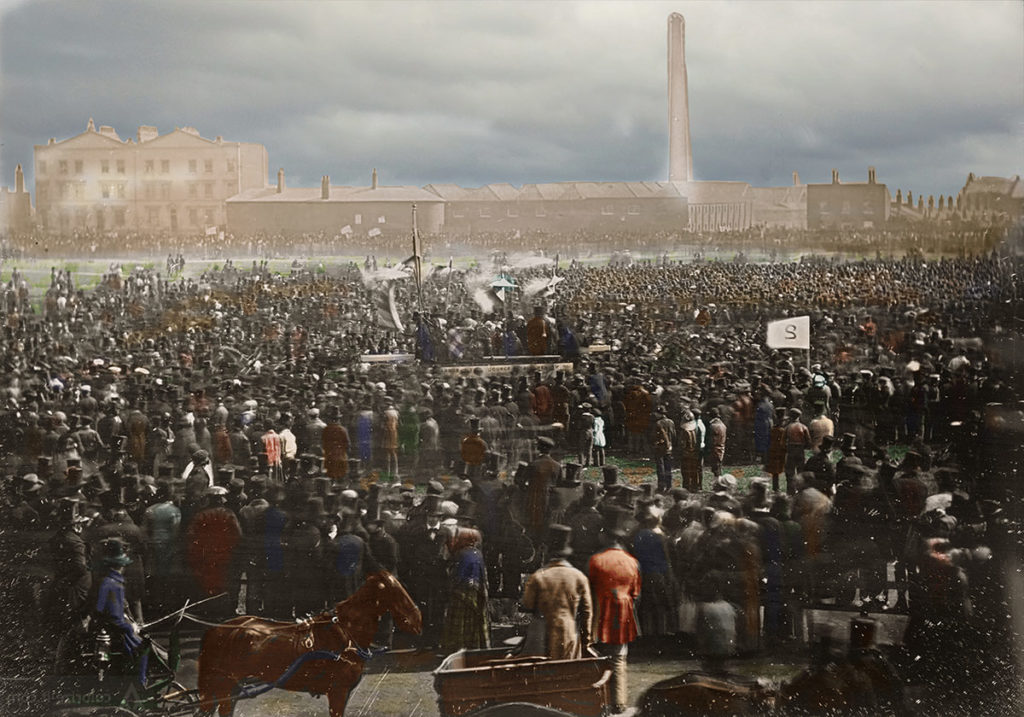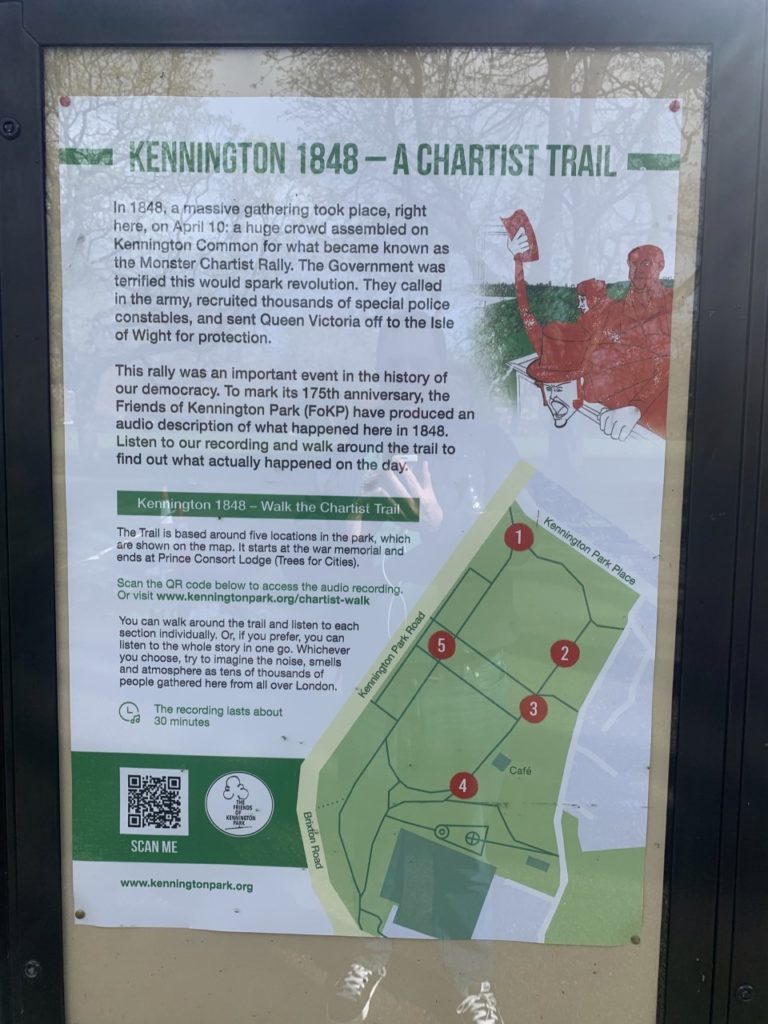Last week we attended the gala opening* of the spanking new Blavatnik Art, Film and Photography Galleries at the best museum we bet you’ve never been to, our very own Imperial War Museum. This permanent gallery is a valued addition to the Greater Kennington cultural landscape (it’s a thing, trust us) and includes works by Henry Moore, John Singer Sargent, Walter Sickert, Cecil Beaton, and Wyndham Lewis to name but a few.
The galleries are laid out by themes and are chronological, from WW1 to 21st century conflicts. As with the other display areas at IWM, these new galleries don’t seek to glorify war but rather to explain it and how it can be avoided. This is achieved by a captivating mix of propaganda posters, photographs (the gallery own 12 million), armaments, film clips, cameras, and first hand accounts. But the great achievement here are the paintings, with the highlight being the recently restored work ‘Gassed’ by Sargent (below). We could have probably spent several days in the gallery’s two screening rooms but the Runoff overlords would have none of it. The reel of clips range from footage of the D-day landings to advice about how to make a wartime compost heap.
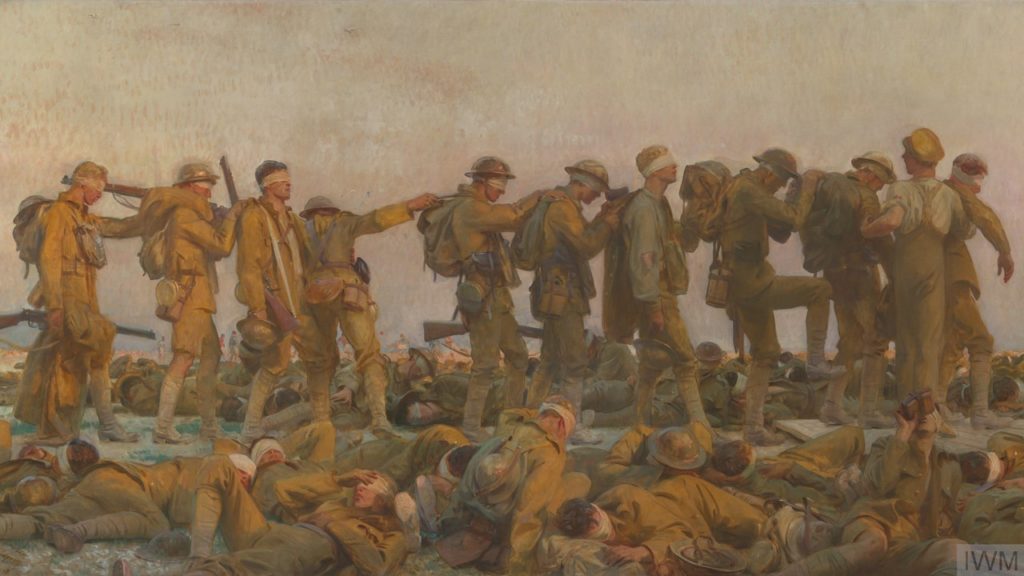
Rather than being a historical record, the galleries include current work showcasing the conspicuous talent of artists such as Steve McQueen (the Oscar winning artist, not the formerly living action hero). He’s represented here by his artwork ‘Queen and Country’. Also in the mix are descriptions of anti war protests, marches, and attempts to avoid war. This is interesting in its own right, but especially when considering the complex dynamics of what is transpiring in Gaza and Israel at the moment. But a celebration of war artists and photographers is the beating heart of these expansive and well thought out galleries.
You might be reading this and thinking that the IWM is nationalistic and not your cup of chai. We get that, but we are duly challenging you to get your Guardian reading, tofu buying selves over to the IWM when you have a spare hour of two. And as you’ll be in the neighbourhood anyway, why not check out the fascinating exhibit about spies and deception that we wrote about a few weeks ago? Did we mention that they have a stonking café with pretty cakes and sarnies?
*We coincidently pitched up the day it opened
